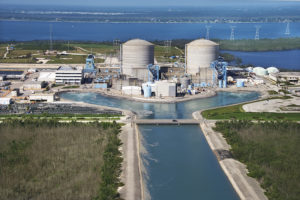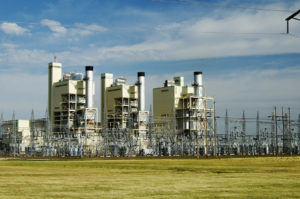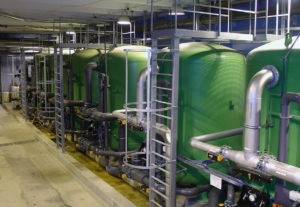Utilities – Dehumidification & Moisture Removal
Utilities such as water, power and gas industries have considerable investments in their distribution and production facilities worldwide. Some of these industries have unique issues directly related to moisture and include:
- Damaging condensation forming on pipes, fittings, electrical items and control systems
- Mould and bacteria can form, leading directly to Health and Safety issues, especially in waterworks
- Corrosion will be prevalent, leading directly to increased costs in maintenance and surface treatment
Condensation occurs when warm, moist air meets a cold surface. An example of this is when taking a cold drink from a fridge into ambient conditions and finding that condensation forms around the bottle.



In a water treatment plant, the same thing happens when the groundwater in the pipes is cooler than the surrounding air. This leads directly to condensation, which affects the electrical systems in the treatment plant or pump station and increases the risk of mould growth. Constant exposure to this level of condensation rapidly accelerates the formation of corrosion, leading to increased maintenance costs and potential Health and Safety issues.
Similar issues can be seen within the power generation industry, whether conventional steam/gas turbines or nuclear. When running, turbines create their heat and remain condensation free. With partial loading of turbines now being the norm, the laying up or ‘mothballing’ of such generating equipment occurs regularly. Simple steps can be taken to protect the turbines by installing a desiccant dehumidifier to circulate dry air through all the boiler tubes and generator parts. This keeps the equipment in readiness to meet demand increases and can be removed and replaced quickly, often with a single connector.
In the nuclear industry, similar issues are seen, but they have their particular demands. On de-commissioning, for example, the fuel rods are encased in concrete and cast iron pods, which need protection against corrosion for 100 years. We have been closely involved with Magnox in developing a long-term storage solution for these fuel rods and created a repeatable design that (whilst permanently installed) can be quickly removed and reused on another site as part of a modular approach to their particular requirements.










